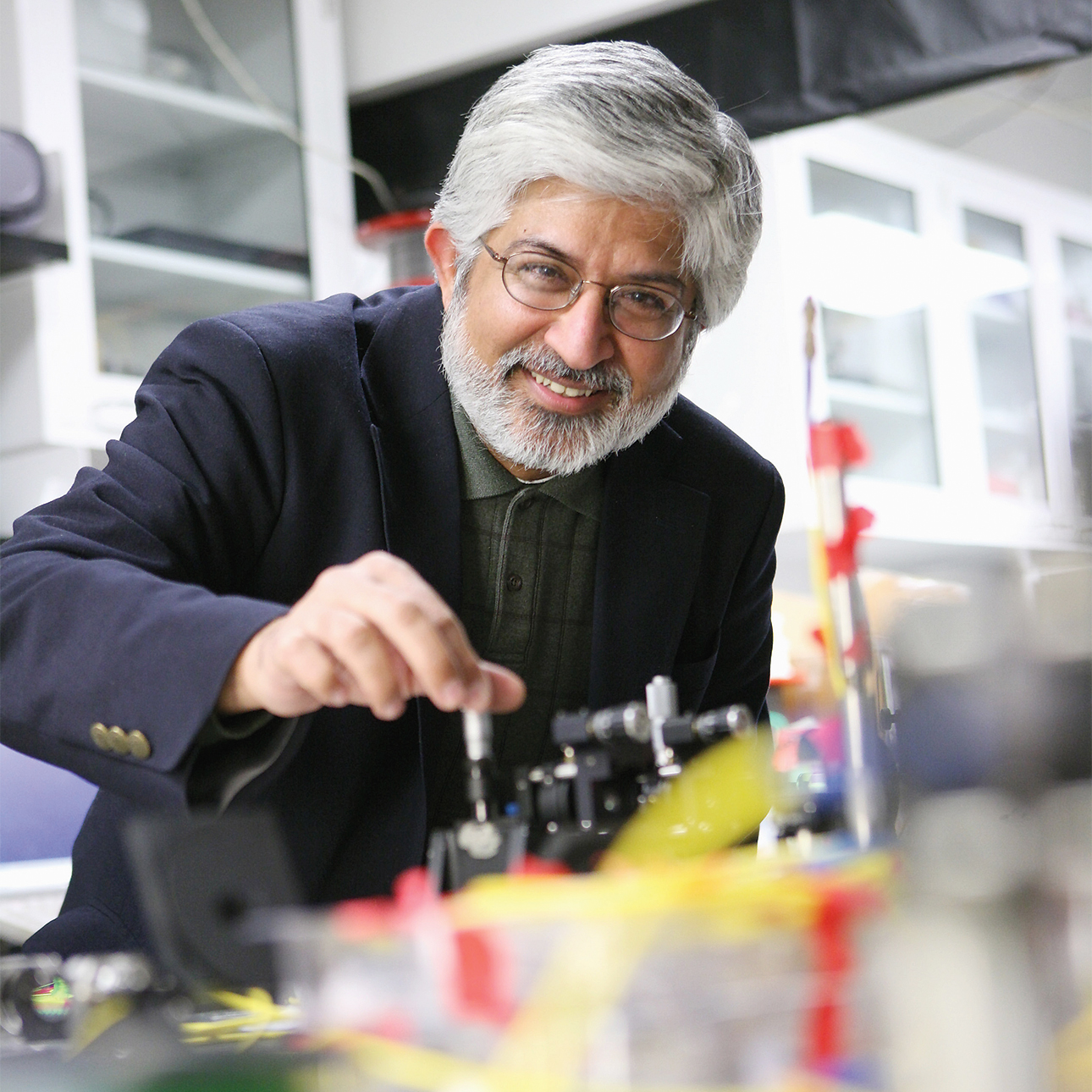A global quantum revolution is underway. Quantum physics is an exploration of light and matter at the most fundamental level. More than an intriguing curiosity, it is essential to creating real-world technologies that will revolutionize our lives.
Certainly, quantum physics will continue to yield deep insights into the fundamental workings of the universe, such as the behaviors of black holes. But the field is also providing insights into how individual atoms and molecules interact with light, forming a basis for new electronic and photonic technologies. Quantum scientists today are conducting applied research that could lead to the creation of more secure communication systems; enhanced navigation devices for use in difficult environments; and superior computational capabilities that can simulate the interactions between atomic and molecular structures. Such simulations could help speed up the development of pharmaceutical drugs and materials for solar energy harvesting.
For example, in one test of an emerging quantum technology, scientists from China used a low Earth–orbit satellite to distribute entangled photons (particles of light) to two ground stations that are more than 1,000 kilometers apart. (Entanglement is a quantum property that describes the connecting of two particles such that changing the state of one particle changes the state of both, no matter how far apart they are.) This technological achievement is a harbinger of future possibilities for globally secure, encrypted communications.
To understand the role quantum technologies will play in our future, consider the rapid progress that classical computer processing has made since the mid-1900s. Technological development has generally followed Moore’s law — the observational principle that the number of transistors on a microchip doubles every 18 months or so. The results are stunning: A smartphone today is more powerful than most advanced supercomputers of the 1990s.
But after being on such an exponential trajectory for more than four decades, Moore’s law is running out of steam because the size of individual transistors is rapidly approaching its fundamental limit: single atoms. Quantum computing could allow us to surpass these material limits and process calculations that would overwhelm current supercomputers.
The challenges of building — and controlling — a quantum computer, however, are multifold. For example, the qubits (quantum bits that form the computing substrate) on one hand must be isolated from their environment to maintain their quantum behavior, but on the other must also interact with the outside world in just the right way to accept and follow the instructions of a quantum algorithm and generate a result. This delicate balance makes controlling quantum computing systems extremely difficult. Continued development in quantum engineering will require technological innovation along the interface of quantum and the world as we know it — that is, the world that obeys the classical laws of physics.
Quantum engineering cannot happen in a silo. It will require a concerted effort across traditional branches of science and engineering. We must create and sustain research communities that will be equally versed in quantum physics and their own area of technology. And we must create quantum technologies in an environmentally conscious way. The sustainability of quantum technologies must be a forethought from the outset.
Prem Kumar is professor of electrical and computer engineering in the McCormick School of Engineering. He is director of the Center for Photonic Communication and Computing.




Reader Responses
And here I am telling friends to learn basics like how to read a road map because road maps are way better than a bad GPS ... Hah!
—Gaye M Miyasaki '74, Honolulu
No one has commented on this page yet.
Submit a Response